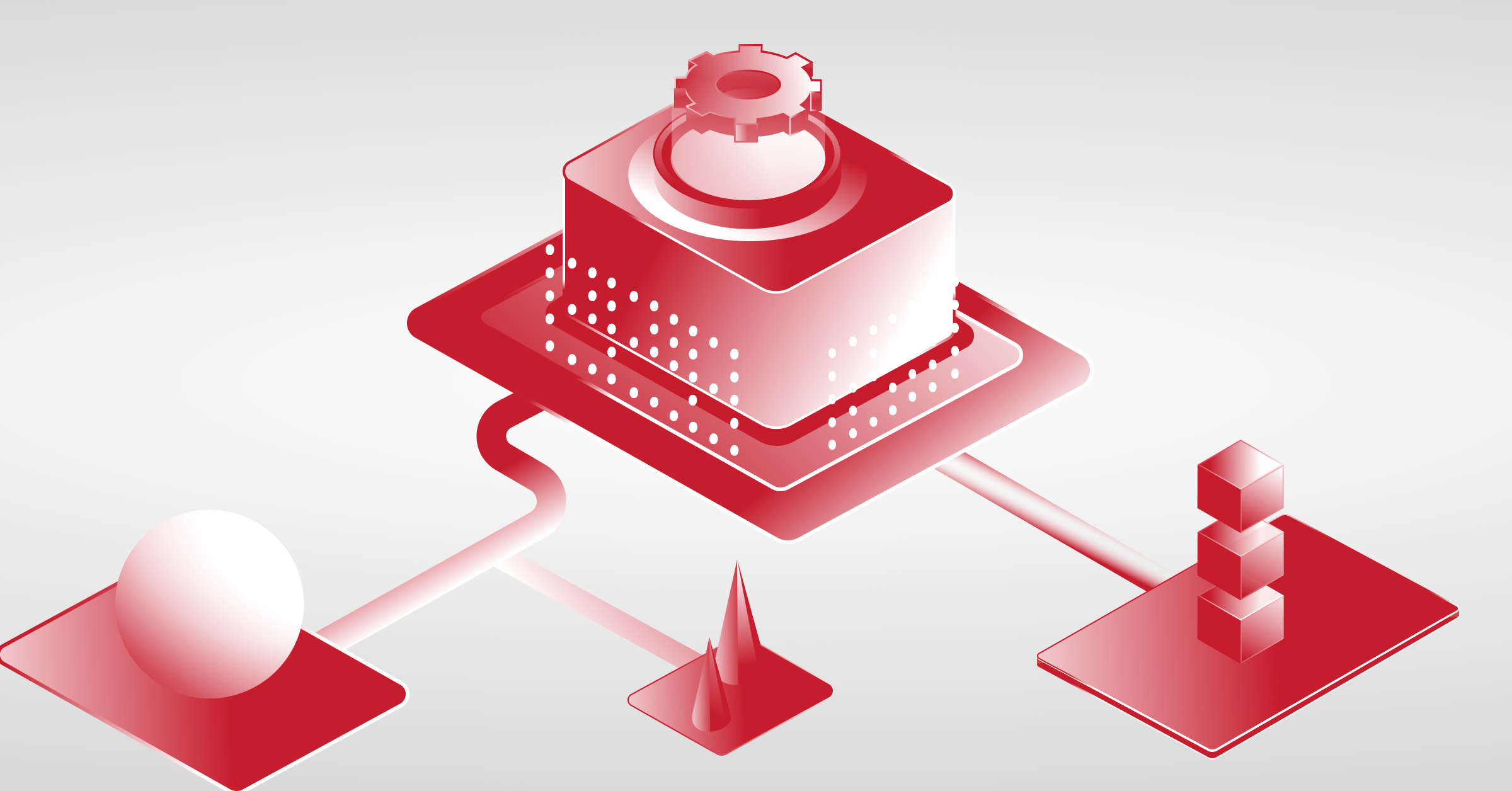As DevOps evolves, more companies are convinced of its benefits and, naturally, try to adopt DevOps practices. Yet, the transition from the traditional IT workflow model into a more cohesive, predictable, and collaborative one is not without setbacks. Besides, the challenges companies face in DevOps standardization are as unique as the companies themselves.
When it comes to it, every CIO that seeks to standardize a company’s DevOps environment needs to understand where these challenges come from. So let’s get down to it, shall we?
Common challenges in DevOps standardization
More often than not, challenges in DevOps standardization arise not only from technical inefficiencies, but also miscommunication. A typical example of DevOps failure would be siloed teams that cannot collaborate properly. In addition to the above, using too many tools, following unclear processes — with ad hoc practices, here and there — all lead to setbacks in your company’s DevOps transformation journey. But let’s take a closer look at those challenges, one by one, to clear things out.
1. Too many tools
Without a doubt, having an extended toolset creates added complexity in the effort to standardize DevOps. That’s because, when you have too many tools, you cannot possibly integrate them properly in the DevOps pipeline, in an absolute manner; put differently, after a certain point, they become unmanageable. Furthermore, many of these tools have common features, which is both confusing and a waste of money.
To make matters worse, there’s limited knowledge of these tools, and how one should use them correctly; mostly because there isn’t a main authority — person or team — to take on the difficult task of finding the right set of tools for the company. Thus, individual teams set up their own tools and integrations, increasing the communication gap with other teams working on the same project.
2. Undefined process framework
Another challenge in DevOps standardization can be the lack of a defined process framework, outlining specific activities and approaches that everyone needs to follow in each case. When process protocols are vague, teams feel the need to set their own automation requirements to generate the desired result; habitually, without structure — and without knowing the availability of infrastructure.
Again, this can easily happen if there’s no central authority to decide on the right tools, and define a framework for each process.
3. Miscommunication, and siloed teams
As mentioned, most challenges in DevOps standardization have to do with different teams not communicating efficiently. In many instances, misconceptions often follow. Unfortunately, miscommunication and misunderstandings between teams run deep, making for a very sensitive issue to deal with; that is, from the perspective of a CIO. But, that’s where DevOps comes into play, right? To help connect the disparate IT teams and make them work together, towards achieving a shared goal.
The problem arises when individual Devs and Ops teams don’t have the whole picture; that is, regarding tools, applications, stacks, environment management and processes to be successful at standardizing DevOps. Their partial knowledge makes the collaboration between them challenging. This is why they operate in silos in the first place. Typically, following their own DevOps practices, which creates many variables and makes the processes inconsistent, and chaotic.
Of course, this leads back to the lack of a central authority that can take matters into their hands to set guidelines for the standardization of tools, processes, and practices; and, ideally, have full governance over the implementation of DevOps and its standardization.
As it happens, the lack of authority is a ‘package deal’ with the lack of training. If there’s no authority to provide training to the teams on tools, processes, CI/CD practices; and the whole set of standards, disorder takes the reins. Employees need to be trained on those things. They need to get the necessary knowledge and skill set to succeed in implementing end-to-end automation; among other things.
Enabling DevOps standardization
The benefits of DevOps are numerous but, as we’ve discussed in this article, its standardization often comes with a different set of challenges. The first step to overcome those challenges is to become aware of them, and understand how they affect the company.
All in all, choosing the right set of tools and processes is crucial in your efforts to enable DevOps standardization across the company. If you think about it, when your employees use the same tools and follow the same processes, they can communicate better; especially during the sensitive phases of developing, deploying, and testing.
Also, you need to train your employees on new tools, to make sure they’re all on the same page. By doing so, you promote transparency, and lay the right foundations for an overall smooth and efficient cross-team collaboration.
Last but not least, utilizing the capabilities of a Cloud Management Platform (CMP) goes a long way towards a successful DevOps transformation. On one hand, a wholesome CMP helps streamline your DevOps automation practices; on the other hand, it helps your teams work seamlessly, within a central DevOps automation plane.
